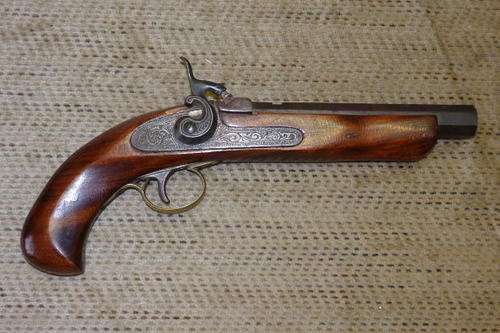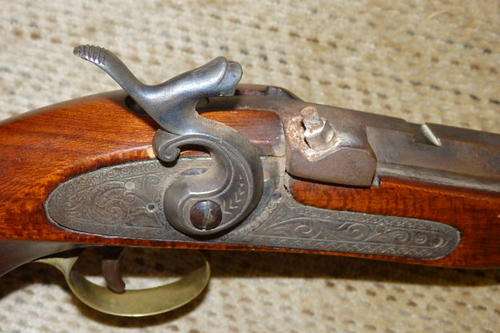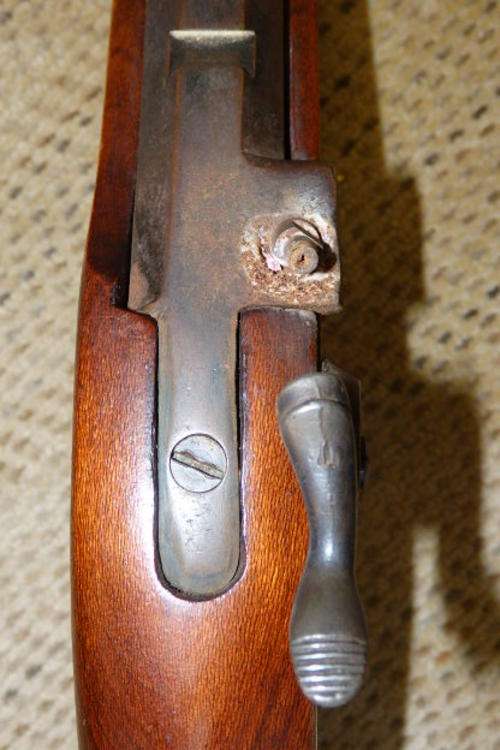
A SUPERB VINTAGE "PERCUSSION" BLACK POWDER PISTOL WITH BRASS AND STEEL EMBELLISHMENTS & STEEL BARREL
Check my rate
| Main centres: | 1-3 business days |
| Regional areas: | 3-4 business days |
| Remote areas: | 3-5 business days |

| Main centres: | 1-3 business days |
| Regional areas: | 3-4 business days |
| Remote areas: | 3-5 business days |
PLEASE VIEW THE PICS VERY CAREFULLY FOR MORE DETAILS AND THE GENERAL CONDITION. OUR OTHER AWESOME ITEMS CAN BE VIEWED AT: http://www.bidorbuy.co.za/seller/2168112/robsam17
THIS INCREDIBLE VINTAGE "FIRING REPLICA" BLACK POWDER PERCUSSION PISTOL WITH BRASS AND STEEL EMBELLISHMENTS AND A STEEL BARREL MEASURES 30.5cm. THIS PISTOL IS A VINTAGE PIECE AND WAS A FIRING REPRODUCTION OF THE PISTOLS MANUFACTURED IN THE LATE 1700's AND 1800's. THE WEIGHT DIFFERENCE IS VERY OBVIOUS TO THE WALL-HANGING TYPE PISTOLS AND A MORE SOLID WEAPON. THE PISTOL REMINDS ME OF AN AMERICAN "KENTUCKY" PISTOL, YET IT TAKES ON A GERMANIC FEEL, ALTHOUGH IT HAS NO MARKINGS. THE BARREL IS HEXAGONAL. THIS IS AN AWESOME PISTOL AND IDEAL FOR A COLLECTOR.
LINK: en.wikipedia.org/wiki/Percussion_cap
FROM THE INTERNET" The percussion cap, introduced circa 1820, was the crucial invention that enabled muzzle loading firearms to fire reliably in any weather. Before this development, firearms used flintlock ignition systems which produced flint-on-steel sparks to ignite a pan of priming powder and thereby fire the gun's main powder charge (the flintlock mechanism replaced older ignition systems such as the matchlock and wheellock). Flintlocks were prone to misfire in wet weather, and many flintlock firearms were later converted to the more reliable percussion system. The percussion cap is a small cylinder of copper or brass with one closed end. Inside the closed end is a small amount of a shock-sensitive explosive material such as fulminate of mercury. The percussion cap is placed over a hollow metal "nipple" at the rear end of the gun barrel. Pulling the trigger releases a hammer which strikes the percussion cap and ignites the explosive primer. The flame travels through the hollow nipple to ignite the main powder charge. Percussion caps were, and still are, made in small sizes for pistols and larger sizes for rifles and muskets".








